Thanks to participating in UNESCO Conventions on the protection of cultural heritage, Vietnam has learned many valuable lessons. These experiences need to be internalized in the Law on Cultural Heritage, in order to better meet the practical needs of protecting and promoting the value of national cultural heritage.
With the viewpoint of developing tourism in Phong Nha - Ke Bang National Tourist Area (NLQG) associated with preserving and maximizing the advantages of natural conditions in terms of landscape and biodiversity, typical values that have been recognized by the world and the country as World Natural Heritage, Special National Monument; ensuring compliance with relevant international conventions that Vietnam has committed to participate in, in accordance with the provisions of relevant laws. Along with focusing on investment in selectively exploiting the typical strengths of natural landscape, cave systems, values of biodiversity, geology, terrain and cultural identity of ethnic minorities to develop the sustainable tourism area in a professional, focused and key direction; improving the quality and value of products and services, affirming the brand of the NLQG. Promote socialization, increase the attraction of resources to participate in investment in developing Phong Nha - Ke Bang National Tourism Area associated with sustainable economic development of the buffer zone of Phong Nha - Ke Bang World Natural Heritage; gradually turn tourism into a spearhead economic sector of Quang Binh province. Develop tourism and services to ensure compliance with the tasks of protecting national security and defense, ensuring social order and safety, strictly protecting forest resources, responding to climate change and preventing and combating natural disasters; harmoniously combining with economic development and social security goals. [caption id="attachment_1233857" align="aligncenter" width="460"]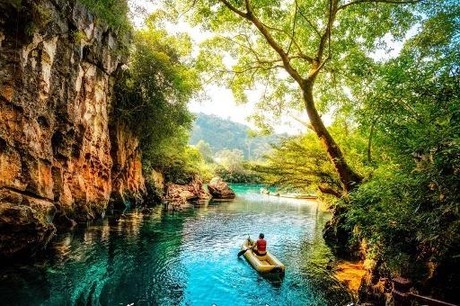 Photo Collection[/caption] By 2025, Phong Nha - Ke Bang National Tourist Area meets the criteria and is recognized as a National Tourist Area, welcoming about 2.5 million visitors, including about 300,000 international visitors, reaching about 4,000 billion VND, the demand for accommodation is about 1,200 rooms, creating jobs for about 7,200 workers, of which about 2,400 are direct workers. Especially focusing on exploiting the market of package tourists with comprehensive tourism products, combining with other localities on the Central and North - South routes; in which the main focus is on the market of customers with high spending ability such as Western Europe, Northeast Asia. Promote the attraction of tourist markets with specific purposes such as: cave exploration tourism, research tourism, biodiversity exploration, community tourism, adventure sports ... from North America, Australia and Western Europe. Gradually expand the exploitation of tourist markets from Southeast Asian countries. Promote the development of specific tourism products, according to strict exploitation regulations, associated with typical values recognized by the world and the country such as cave exploration tourism Son Doong cave, En cave, Vom cave system, Va cave - Nuoc Nut cave, Sinh Ton valley, Thuy Cung cave... develop diverse models of eco-tourism, research tourism to learn about the biodiversity of Phong Nha - Ke Bang National Park, the values of archeology, geology, geomorphology and learning about indigenous culture, visit cave systems such as Thien Duong cave, Phong Nha cave, Toi cave... associated with the forest ecosystem: visit, admire the scenery of Chay river, Gao forest, Gio waterfall, Mo waterfall, Primate rescue center, Botanical garden, Nuoc Mooc ecological route... In principle, organize the space for developing tourist areas to reasonably exploit the advantages of natural tourism resources; form connections between sub-zones and tourist spots; Minimize population movement, minimize impacts on landscape, environment, life, and production activities of people; ensure harmonious architecture of construction works and projects with natural landscapes in tourist areas; do not deforest, destroy nature, do not pollute the environment and comply with international conventions. [caption id="attachment_1233858" align="aligncenter" width="800"]
Photo Collection[/caption] By 2025, Phong Nha - Ke Bang National Tourist Area meets the criteria and is recognized as a National Tourist Area, welcoming about 2.5 million visitors, including about 300,000 international visitors, reaching about 4,000 billion VND, the demand for accommodation is about 1,200 rooms, creating jobs for about 7,200 workers, of which about 2,400 are direct workers. Especially focusing on exploiting the market of package tourists with comprehensive tourism products, combining with other localities on the Central and North - South routes; in which the main focus is on the market of customers with high spending ability such as Western Europe, Northeast Asia. Promote the attraction of tourist markets with specific purposes such as: cave exploration tourism, research tourism, biodiversity exploration, community tourism, adventure sports ... from North America, Australia and Western Europe. Gradually expand the exploitation of tourist markets from Southeast Asian countries. Promote the development of specific tourism products, according to strict exploitation regulations, associated with typical values recognized by the world and the country such as cave exploration tourism Son Doong cave, En cave, Vom cave system, Va cave - Nuoc Nut cave, Sinh Ton valley, Thuy Cung cave... develop diverse models of eco-tourism, research tourism to learn about the biodiversity of Phong Nha - Ke Bang National Park, the values of archeology, geology, geomorphology and learning about indigenous culture, visit cave systems such as Thien Duong cave, Phong Nha cave, Toi cave... associated with the forest ecosystem: visit, admire the scenery of Chay river, Gao forest, Gio waterfall, Mo waterfall, Primate rescue center, Botanical garden, Nuoc Mooc ecological route... In principle, organize the space for developing tourist areas to reasonably exploit the advantages of natural tourism resources; form connections between sub-zones and tourist spots; Minimize population movement, minimize impacts on landscape, environment, life, and production activities of people; ensure harmonious architecture of construction works and projects with natural landscapes in tourist areas; do not deforest, destroy nature, do not pollute the environment and comply with international conventions. [caption id="attachment_1233858" align="aligncenter" width="800"] 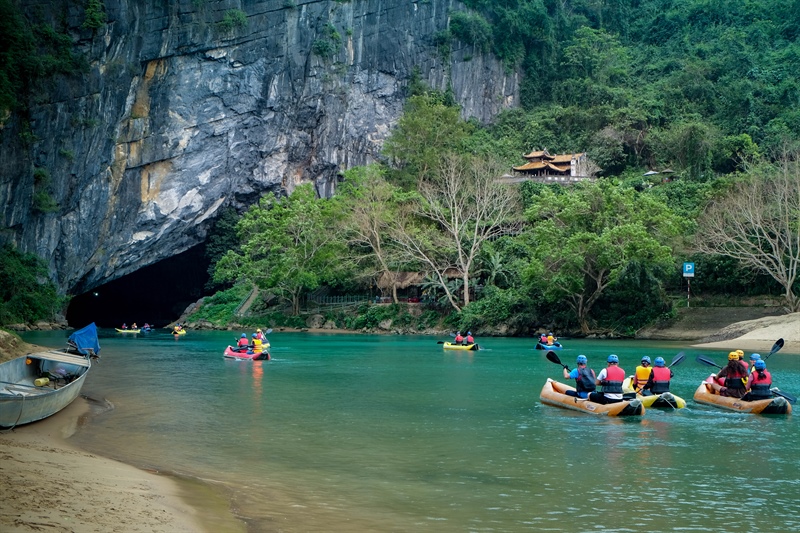 Photo Collection[/caption] Investing in upgrading the exploited tourist routes such as conquering Son Doong - the world's largest cave; exploring Hamada valley - Tra Ang cave, Sinh Ton valley - Dark cave; admiring the natural scenery of Rao Thuong stream - En cave; exploring Va cave - Nuoc Nut cave; tourist route on Chay River - Dark cave; tour route to Phong Nha cave - Tien Son cave; visit Thien Duong cave eco-tourism area, Nuoc Mooc stream eco-tourism site; visit the botanical garden, the historical site of the cave of eight young volunteers, the cave of eight girls and the memorial temple of heroic martyrs of Road 20 Quyet Thang. During the implementation process, it is necessary to strictly comply with the provisions of the law on cultural heritage, biodiversity conservation, forest protection and development, protection of resources and environment and international conventions on the protection of world heritage to which Vietnam is a party. Develop new tourist routes in the National Tourism Area including the Son River - Trooc River - Chay River waterway tourist route; Gia Phai Lake - Ben Dap Mountain tourist route; mass tourist route around the Central subdivision. Develop tourist routes connecting the Central subdivision with the outer subdivisions including: the Northern arc (Northern subdivision) for community tourism and delta ecology; the Eastern arc (Eastern subdivision) for strict ecotourism with cave exploration activities, biodiversity research; the Western arc (Western subdivision) for strict ecotourism and community tourism; the Southern arc (Southern subdivision) for ecotourism and strict ecology with in-depth experiences of the "Kingdom of caves Phong Nha - Ke Bang". Prioritize the development of high-class accommodation, resorts, and high-class nursing homes in the areas of the large lakes: Gia Phai; Khe Ngang, Khe Su, Dong Suon, Bong Lai... Developing concentrated accommodation facilities in the Central subdivision, eco-tourism village of Trooc town, Arem village, Rao Con village, Khe Gat village... community guesthouses at community tourism sites, rest stops under the forest canopy and some cave tourism sites. Developing types of entertainment in Phong Nha urban area; a chain of specialized tourist parks along Road 20 Quyet Thang including botanical garden, Gio waterfall, national ornamental park, primate reintegration area, semi-wild animal park according to the law.
Photo Collection[/caption] Investing in upgrading the exploited tourist routes such as conquering Son Doong - the world's largest cave; exploring Hamada valley - Tra Ang cave, Sinh Ton valley - Dark cave; admiring the natural scenery of Rao Thuong stream - En cave; exploring Va cave - Nuoc Nut cave; tourist route on Chay River - Dark cave; tour route to Phong Nha cave - Tien Son cave; visit Thien Duong cave eco-tourism area, Nuoc Mooc stream eco-tourism site; visit the botanical garden, the historical site of the cave of eight young volunteers, the cave of eight girls and the memorial temple of heroic martyrs of Road 20 Quyet Thang. During the implementation process, it is necessary to strictly comply with the provisions of the law on cultural heritage, biodiversity conservation, forest protection and development, protection of resources and environment and international conventions on the protection of world heritage to which Vietnam is a party. Develop new tourist routes in the National Tourism Area including the Son River - Trooc River - Chay River waterway tourist route; Gia Phai Lake - Ben Dap Mountain tourist route; mass tourist route around the Central subdivision. Develop tourist routes connecting the Central subdivision with the outer subdivisions including: the Northern arc (Northern subdivision) for community tourism and delta ecology; the Eastern arc (Eastern subdivision) for strict ecotourism with cave exploration activities, biodiversity research; the Western arc (Western subdivision) for strict ecotourism and community tourism; the Southern arc (Southern subdivision) for ecotourism and strict ecology with in-depth experiences of the "Kingdom of caves Phong Nha - Ke Bang". Prioritize the development of high-class accommodation, resorts, and high-class nursing homes in the areas of the large lakes: Gia Phai; Khe Ngang, Khe Su, Dong Suon, Bong Lai... Developing concentrated accommodation facilities in the Central subdivision, eco-tourism village of Trooc town, Arem village, Rao Con village, Khe Gat village... community guesthouses at community tourism sites, rest stops under the forest canopy and some cave tourism sites. Developing types of entertainment in Phong Nha urban area; a chain of specialized tourist parks along Road 20 Quyet Thang including botanical garden, Gio waterfall, national ornamental park, primate reintegration area, semi-wild animal park according to the law.Thanh Tung



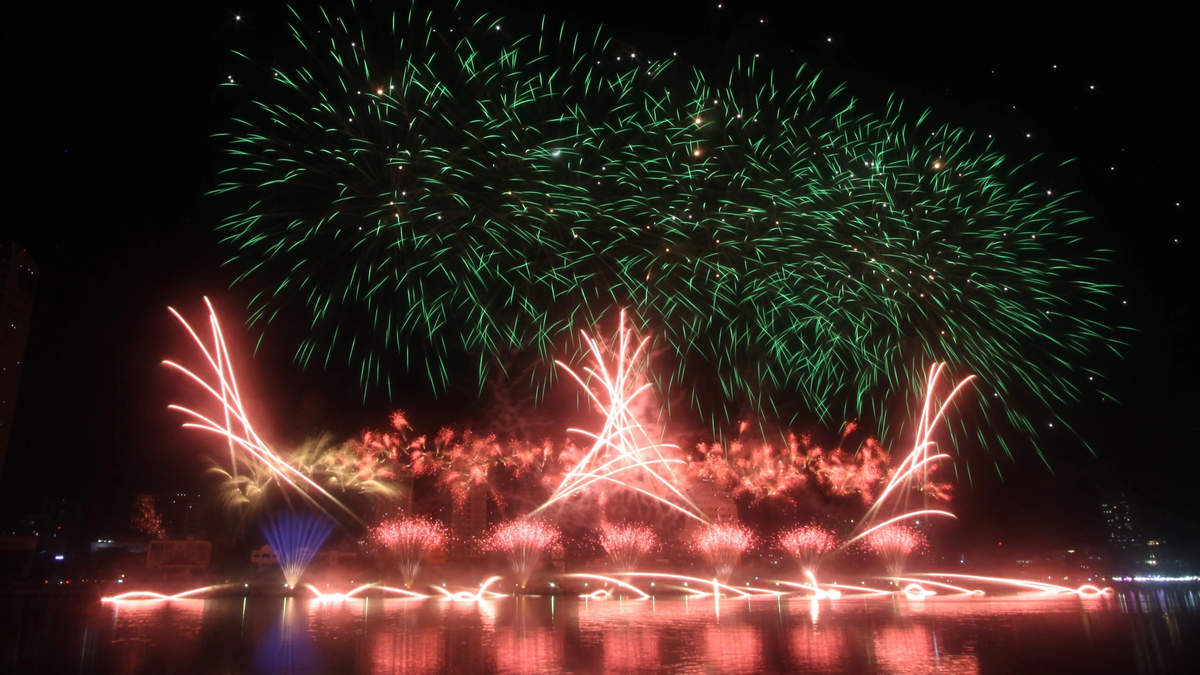

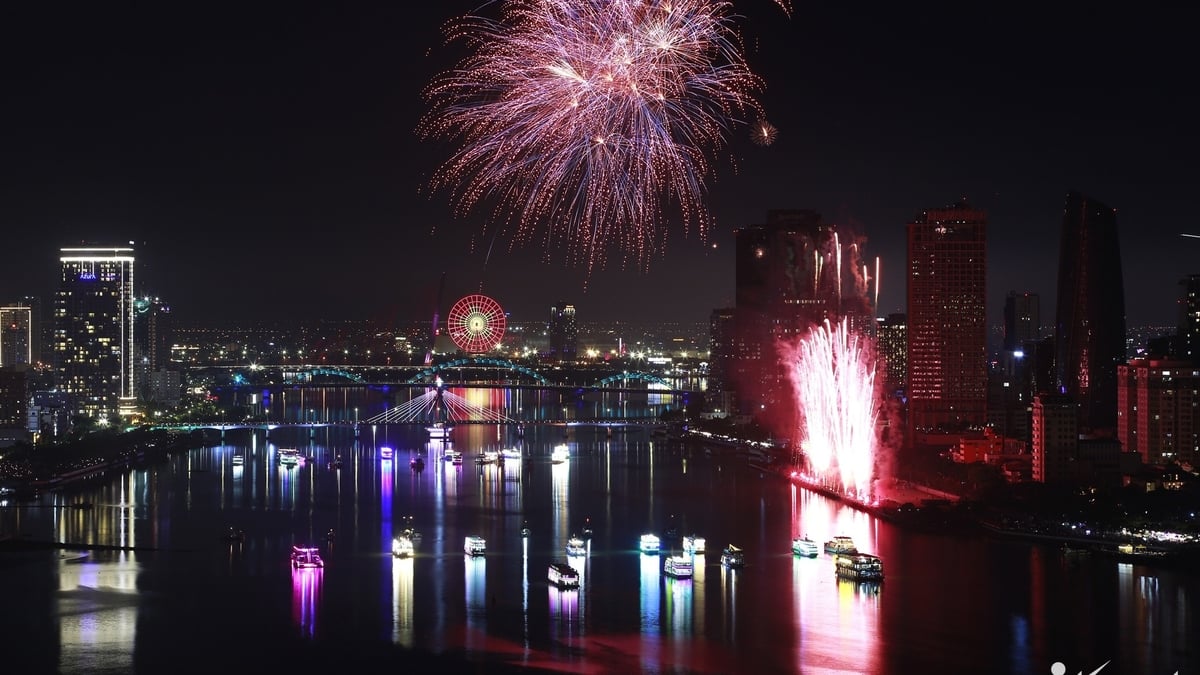

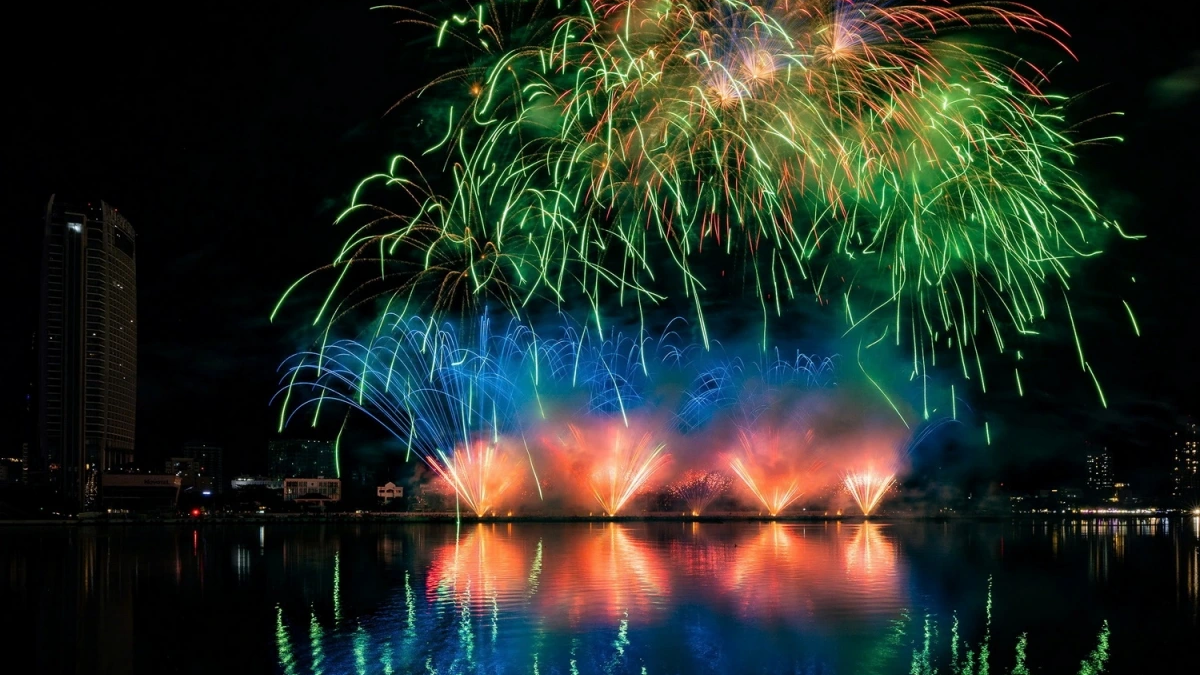


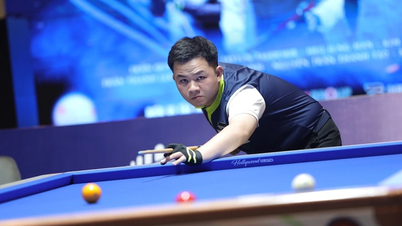

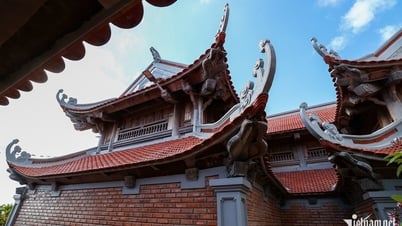












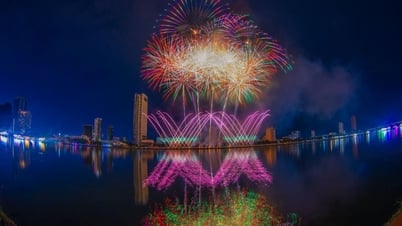












































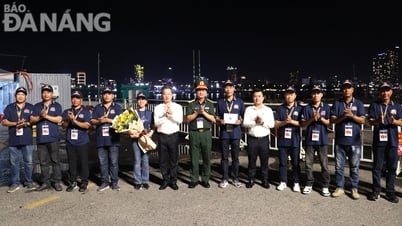















Comment (0)